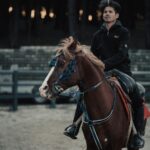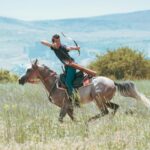Social media has revolutionized virtually every aspect of our lives, and the equestrian world is no exception. From Instagram trainers sharing quick tips to Facebook groups dedicated to specific disciplines, social platforms have transformed how riders learn, connect, and showcase their equestrian journeys. This digital revolution has democratized access to knowledge, created new training opportunities, and reshaped the very culture of horsemanship. As smartphones accompany riders into the arena and barn aisles, the integration of technology and tradition continues to evolve, bringing both remarkable benefits and noteworthy challenges to those passionate about horses and riding.
The Democratization of Equestrian Knowledge

Before social media, access to top-level training often required geographical proximity to renowned trainers or significant financial resources for clinics and lessons. Today, platforms like YouTube, Instagram, and TikTok have made training advice from Olympic medalists, world champions, and respected trainers available to anyone with an internet connection. A young rider in a remote rural area can now watch George Morris explain the nuances of a perfect release or Charlotte Dujardin demonstrate precise half-halt techniques. This democratization has helped level the playing field, allowing dedicated riders from all backgrounds to access quality educational content that was previously out of reach. The impact is particularly significant in developing equestrian nations where access to high-level instruction was historically limited.
Visual Learning Revolution
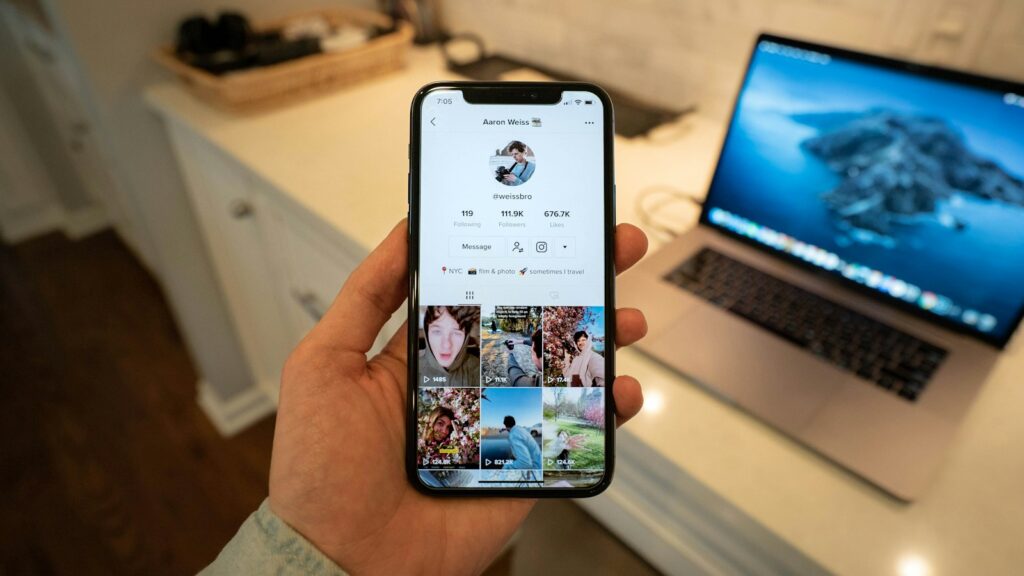
Social media’s emphasis on visual content has transformed how riders learn and process information about their sport. Short-form videos on platforms like TikTok and Instagram Reels allow riders to see specific movements broken down into digestible segments that can be watched repeatedly until understood. The ability to slow down videos, watch in freeze-frame, and see multiple angles of the same movement provides learning advantages that traditional in-person lessons can’t always offer. This visual learning revolution particularly benefits kinesthetic learners who process information better by watching rather than reading or listening. Many riders report breakthroughs in their understanding of concepts after seeing them demonstrated visually online, even after struggling with the same concepts during in-person instruction.
The Rise of Virtual Coaching

One of the most significant shifts in equestrian training has been the emergence of virtual coaching services facilitated through social media connections. Riders can now record their rides, upload them to private Facebook groups or send them directly to trainers via messaging apps, and receive detailed feedback without geographic limitations. Some coaches have built entire businesses around this model, working with students they’ve never met in person across continents. This approach makes consistent training accessible to riders who live in areas without specialized coaches for their discipline, or who cannot afford weekly in-person lessons. Virtual coaching has also become a valuable supplement between in-person sessions, allowing riders to maintain momentum in their training programs and receive more frequent feedback than traditional lesson schedules might allow.
Community Building and Support Networks

Specialized Facebook groups, subreddits, and Discord servers have created vibrant communities where riders can find support, advice, and camaraderie regardless of their location. These virtual communities serve particularly important functions for riders in isolated areas or those participating in niche disciplines with few local practitioners. A para-dressage rider might be the only one at their barn but can connect with hundreds of others facing similar challenges through dedicated social media groups. These communities often become essential support networks during difficult times, offering advice on handling training plateaus, horse health concerns, or competition nerves. The emotional support provided through these digital connections has helped many riders persevere through challenges that might otherwise have caused them to leave the sport.
The Double-Edged Sword of Information Overload

While access to abundant training information represents progress, it also presents challenges in discernment and application. Riders now face a constant stream of sometimes conflicting advice from countless sources, making it difficult to determine which approaches are credible, appropriate for their situation, or consistent with their training philosophy. This information overload can create confusion, especially for less experienced riders who haven’t yet developed the knowledge base to evaluate contradictory information critically. Some trainers report spending significant lesson time “undoing” misconceptions picked up from social media or helping riders integrate disparate techniques into a coherent approach. The challenge for modern riders is developing information literacy skills that allow them to consume social media content critically, recognizing both its value and limitations.
Changing Standards and Expectations
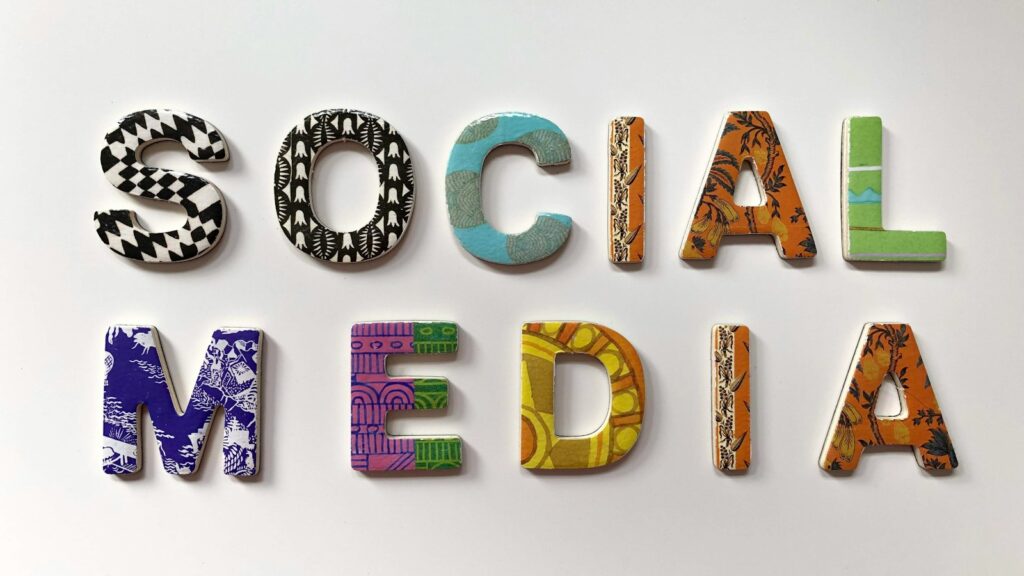
Social media has significantly altered riders’ perceptions of what constitutes “normal” progress, success, and achievement in their equestrian journeys. Constant exposure to highlight reels of perfect rides, rapid training progress, and exceptional performances can create unrealistic expectations about what typical learning trajectories look like with horses. Many professionals worry about the psychological impact of these distorted standards, particularly on young or amateur riders who may become discouraged when their own experiences don’t match what they see online. This phenomenon has prompted many trainers and influencers to intentionally share their struggles, setbacks, and “blooper reels” alongside their successes, attempting to counter the perfectionism social media naturally cultivates. The most constructive voices in equestrian social media now emphasize the importance of enjoying the journey rather than focusing exclusively on achievement milestones.
The Influence of “Trending” Training Methods

Social media’s algorithm-driven nature tends to amplify certain training approaches, creating waves of popularity for specific methods that gain viral attention. A particular groundwork exercise or riding technique can sweep through the equestrian community rapidly after being featured by influential accounts, sometimes leading riders to adopt methods without fully understanding their purpose or proper application. This trend-driven approach to horsemanship can be problematic when riders implement techniques without adequate background knowledge or consideration of whether they’re appropriate for their specific horse. Industry veterans often express concern about the “flavor of the month” phenomenon in training approaches, emphasizing that solid horsemanship principles remain constant despite changing trends. The most responsible social media educators work to provide context and fundamentals alongside specific techniques, helping followers understand not just what to do but why and when to do it.
Documentation and Self-Assessment Tools

The habit of recording rides for social sharing has created an unexpected benefit: riders now have unprecedented access to visual feedback about their own riding. Before smartphones became ubiquitous, most riders rarely saw themselves ride except during occasional video sessions with trainers. Today, many riders regularly document their sessions, creating valuable archives that allow them to track progress over time and spot issues they might not feel while in the saddle. This self-assessment capability has accelerated improvement for many riders who use these recordings analytically rather than just for sharing. Some riders establish dedicated “progress accounts” where they post regular videos specifically to document their journey and solicit constructive feedback from their community. The normalization of recording rides has also made video analysis a more common and accepted training tool across all levels of the sport.
Ethical Considerations and Welfare Awareness
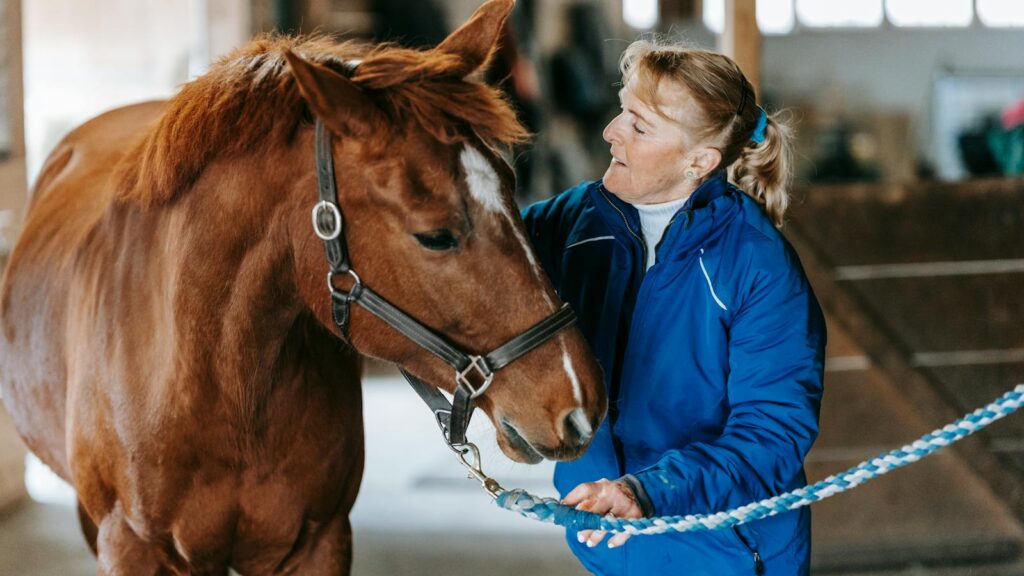
Social media has heightened awareness around horse welfare issues and accelerated conversations about ethical training practices within the equestrian community. Controversial training methods that once might have remained within the confines of a particular barn or show now face public scrutiny when videos are shared online. This transparency has prompted important discussions about what constitutes appropriate training techniques and has accelerated the move toward more horse-friendly approaches in many disciplines. The constant visibility has made riders more conscious of how their handling and training methods might be perceived, often leading to more thoughtful consideration of the horse’s experience. While social media debates about training ethics can become heated, the overall impact has generally elevated the importance of the horse’s physical and mental wellbeing in training decisions.
The Commercial Transformation of Training
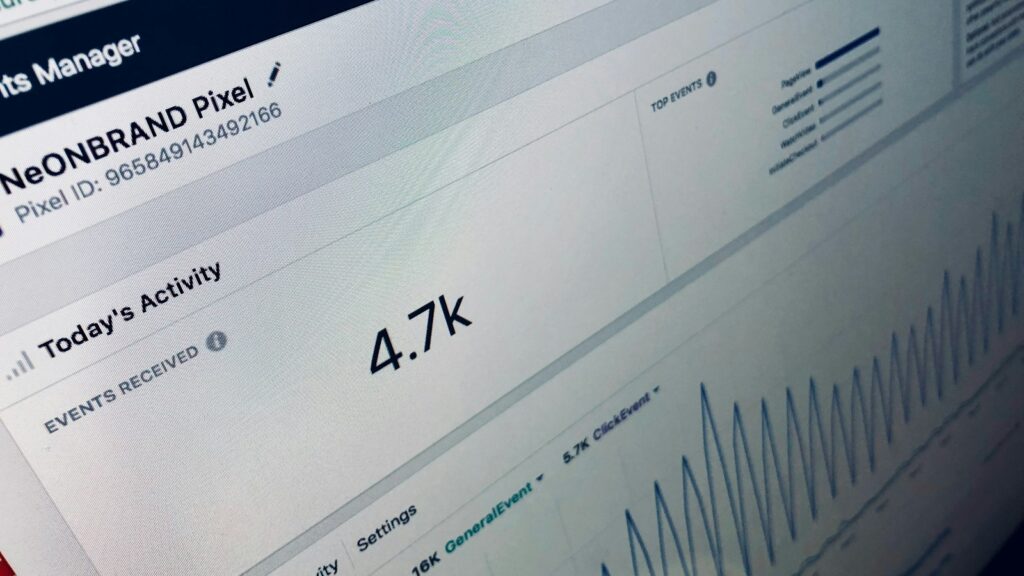
The business of horse training has been fundamentally altered by social media’s influence on marketing, reputation building, and client expectations. Trainers now commonly use social platforms to showcase their methods, results, and teaching style, allowing potential clients to “sample” their approach before committing to lessons. This visibility has created new pathways to success for talented trainers who might previously have struggled to build clientele without existing industry connections or competition records. The shift has also created new revenue streams through online courses, subscription training programs, and digital content that complement traditional in-person training services. However, this commercialization has intensified competition among professionals and sometimes prioritizes marketability over depth of knowledge, creating both opportunities and challenges for those making their living in the industry.
Cross-Disciplinary Pollination
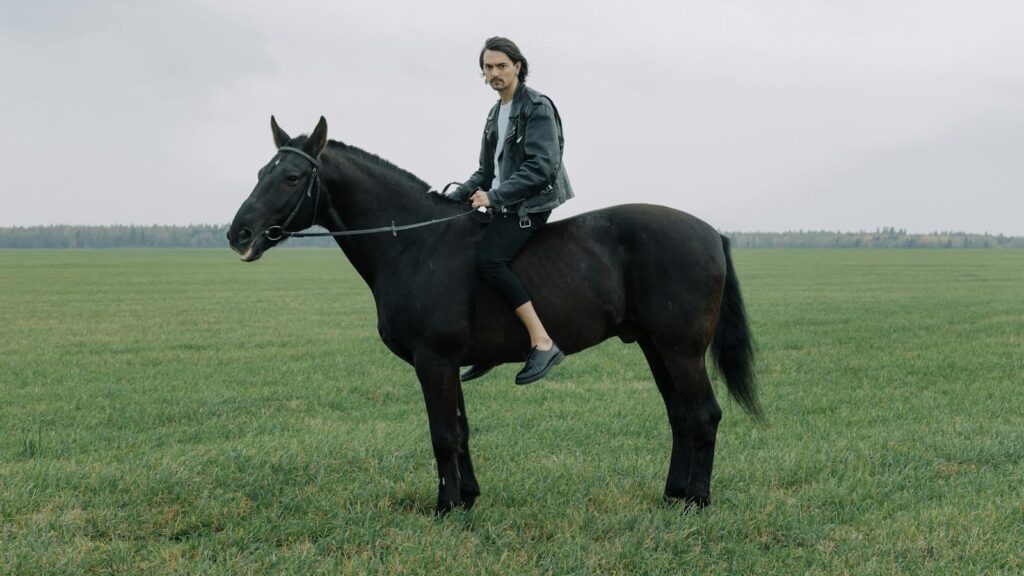
Social media has broken down traditional barriers between equestrian disciplines, facilitating the exchange of training concepts across previously separate communities. Dressage riders now regularly incorporate elements from natural horsemanship videos into their groundwork, while western performance riders might adopt biomechanical concepts from classical dressage in their training programs. This cross-disciplinary pollination has accelerated innovation in training approaches and broadened many riders’ horsemanship education beyond the constraints of their primary discipline. The ability to easily explore different equestrian traditions has encouraged a more holistic approach to horsemanship that draws from diverse sources rather than remaining strictly within traditional discipline boundaries. Many trainers now proudly identify as taking an “eclectic” approach, crediting social media exposure for introducing them to concepts they wouldn’t have encountered within their original training lineage.
The Social Aspect of Solo Sports
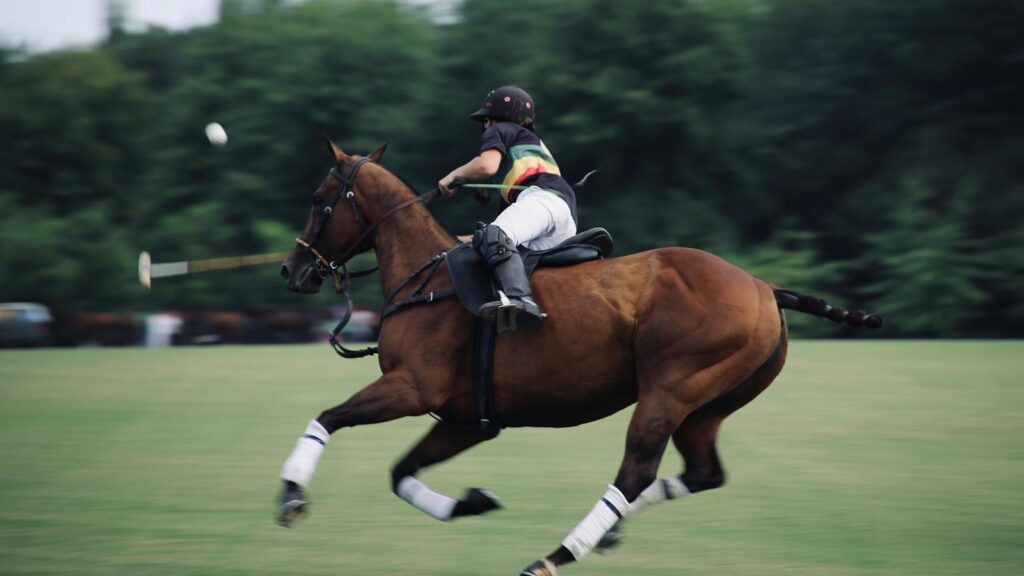
Riding has traditionally been a somewhat solitary pursuit for many, with riders often practicing alone between lessons and competing as individuals rather than team members. Social media has transformed this experience by creating constant connection and community around what remains physically a solo activity. Riders sharing their daily barn experiences, training victories, and competition journeys build meaningful connections with others who understand the unique challenges and joys of the equestrian lifestyle. This virtual companionship has made the sport more socially fulfilling for many, particularly adult amateurs who might ride during odd hours or have few “horse friends” in their immediate social circles. The ability to share immediately from the saddle or barn has created a sense of shared experience even when physically riding alone, fundamentally changing the social dimension of the sport.
Future Trajectories: Where Social Media and Riding Intersect Next

The integration of social media into equestrian training continues to evolve rapidly, with several emerging trends likely to shape the next phase of this relationship. Augmented reality tools that can provide real-time feedback during rides, sophisticated motion analysis applications that compare rider position to ideal models, and AI-powered coaching systems are all in development. Virtual reality systems are already being used in some settings to help riders visualize courses or practice responses to challenging scenarios before encountering them on horseback. As wearable technology becomes more sophisticated and affordable, the quantification of both horse and rider biomechanics will likely become more accessible to average riders rather than just elite competitors with sports science support. The challenge for the equestrian community will be integrating these technological advances while maintaining the core values and traditions that make horsemanship meaningful beyond just physical skill development.
conclusion

The relationship between social media and equestrian training represents a significant cultural shift that continues to reshape how knowledge is shared, skills are developed, and communities are formed around horses. While presenting certain challenges—including information overload and sometimes unrealistic expectations—social media has predominantly democratized access to quality instruction and connected riders who would otherwise remain isolated. As this digital transformation continues, the most successful riders and trainers will be those who can thoughtfully integrate the advantages of connectivity and information access while maintaining focus on the timeless fundamentals of good horsemanship. After all, despite all the technological changes, the heart of riding remains the relationship between horse and human—a partnership that thrives on presence, feel, and connection that exists beyond what can be captured in any post or video.






